Customer advocacy popped up as a potent marketing idea in 2018. Although the concept is not brand-new, the development of the internet and the rise in social media usage have made it more relevant than ever.
Customer advocacy is the greatest kind of brand loyalty possible, making it an invaluable resource for businesses. Therefore, enterprises with more robust customer advocacy can outperform competitors by a wide margin. Therefore, every B2B demand-generation strategy must focus on —getting customers to be the advocates and demonstrating how the product or service addresses their most pressing business concerns.
When done correctly, it may shorten the time it takes to allow sales, generate demand organically, and guarantee that sales and marketing are integrated, especially when businesses are expanding into emerging and new areas. However, if handled poorly, customer advocacy programs can easily turn into cost centers and have a negative effect on the company’s bottom line.
Also Read: Top Marketing Strategies for Software as a Service (SaaS) Vendors
The ultimate goal of consumer advocacy
The connection must be mutually advantageous and yield a multitude of sales and marketing benefits for both sides in order to develop meaningful, valuable customer advocacy. When done well, this may lead to more visibility, engagement, awareness, and coverage for both businesses and customers. For instance, a written case study with satisfied consumers can be published in the media and on both websites. Marketers can use a video case study in both sponsored and organic social media initiatives.
Naturally, a lot of effort must be done behind the curtains to put everything together so everyone is on the same page and the connection lasts. A successful B2B customer advocacy program requires specialized knowledge. However, organizations frequently lack the internal resources necessary to put everything together. To scale consumer advocacy initiatives, they need specialized external marketing partners and agencies, especially if they are expanding across multiple worldwide locations.
Here are a few advantages of funding in customer advocacy marketing.
Is it economical
When they persuade consumers to promote a brand, marketers can forgo spending money on conventional marketing efforts and commercials. In terms of pure advertising, effective word-of-mouth promotion is extremely inexpensive and will reach many more people than their own corporate message.
Advocacy marketing is considered one of the most economical ways to bring in more customers and boost sales without spending much money. According to Tomoson’s Influencer Marketing Study, firms receive an average of 650% Return on their Investment (ROI) in advocacy marketing.
Also Read: How Businesses Can Leverage Their Website to Strengthen the Emotional Bond with Their Customers
Boosts brand value
Customer advocacy builds a reliable brand. A reliable brand can charge more for its products than its competitors. Additionally, firms can charge more for their products or services if they provide customers with more value. Due to these businesses’ emphasis on quality, customers continue to use them despite the existence of low-cost competitors.
Customers are enthusiastic about the brand and experience a feeling of camaraderie. Additionally, it shows how much faith consumers have in the company. Customers are hesitant to switch to another brand’s products for a number of reasons, one of which is trust. Customers who support a certain brand are prepared to overlook product problems because they believe that the items are superior to those of any other brand.
Builds real-time connections
Marketers must pay attention to their consumers in order to develop any kind of relationship, whether it be digital or analog. Also, they should utilize a tailored strategy and be aware of their demands. Content producers like bloggers and influencers might increase the number of company prospects through advocacy marketing.
Customer advocacy can close the engagement gap between a business and its target markets, resulting in favorable “word-of-mouth” for the business.
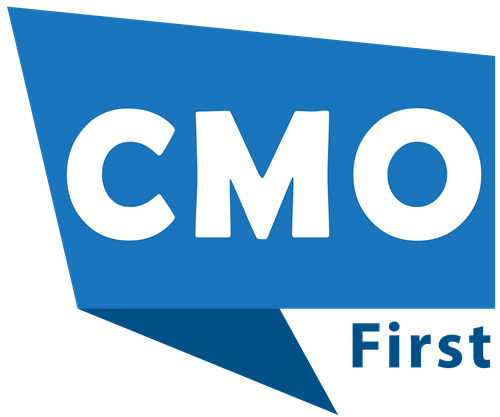












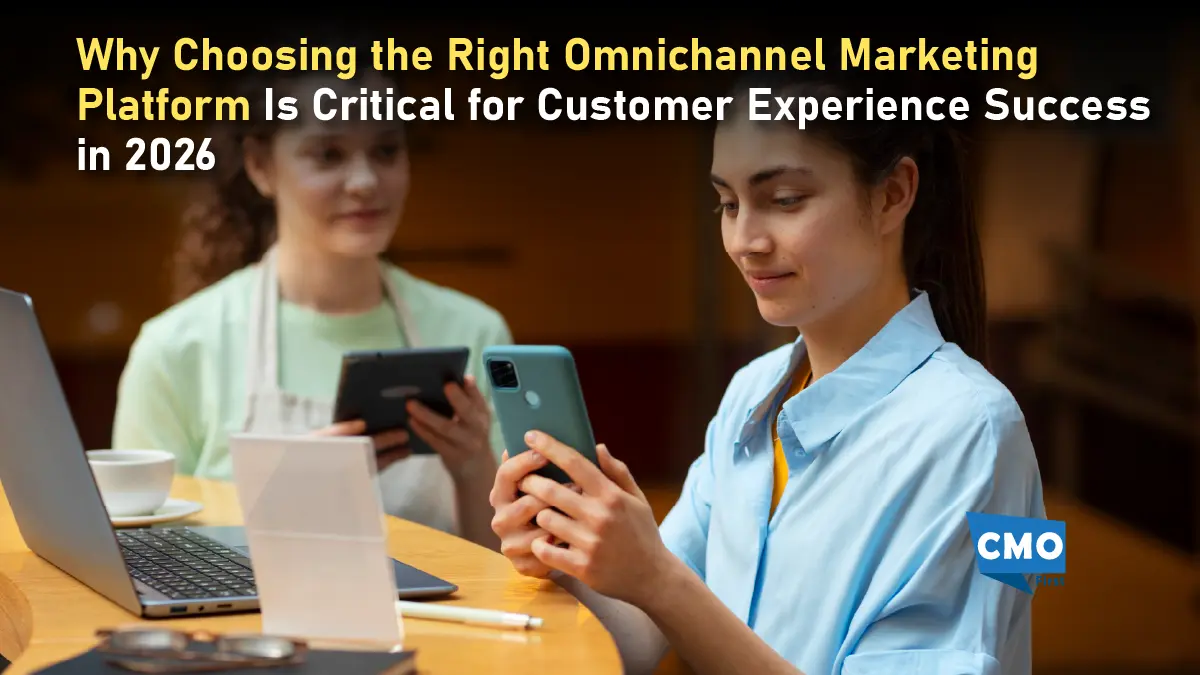
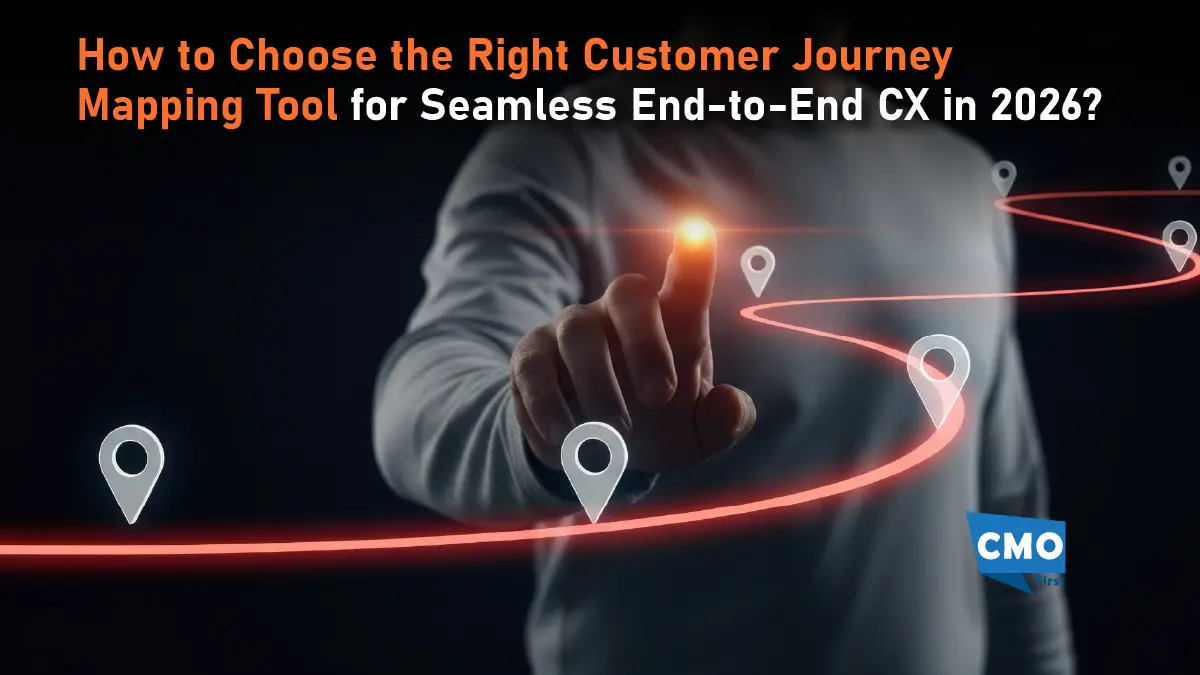
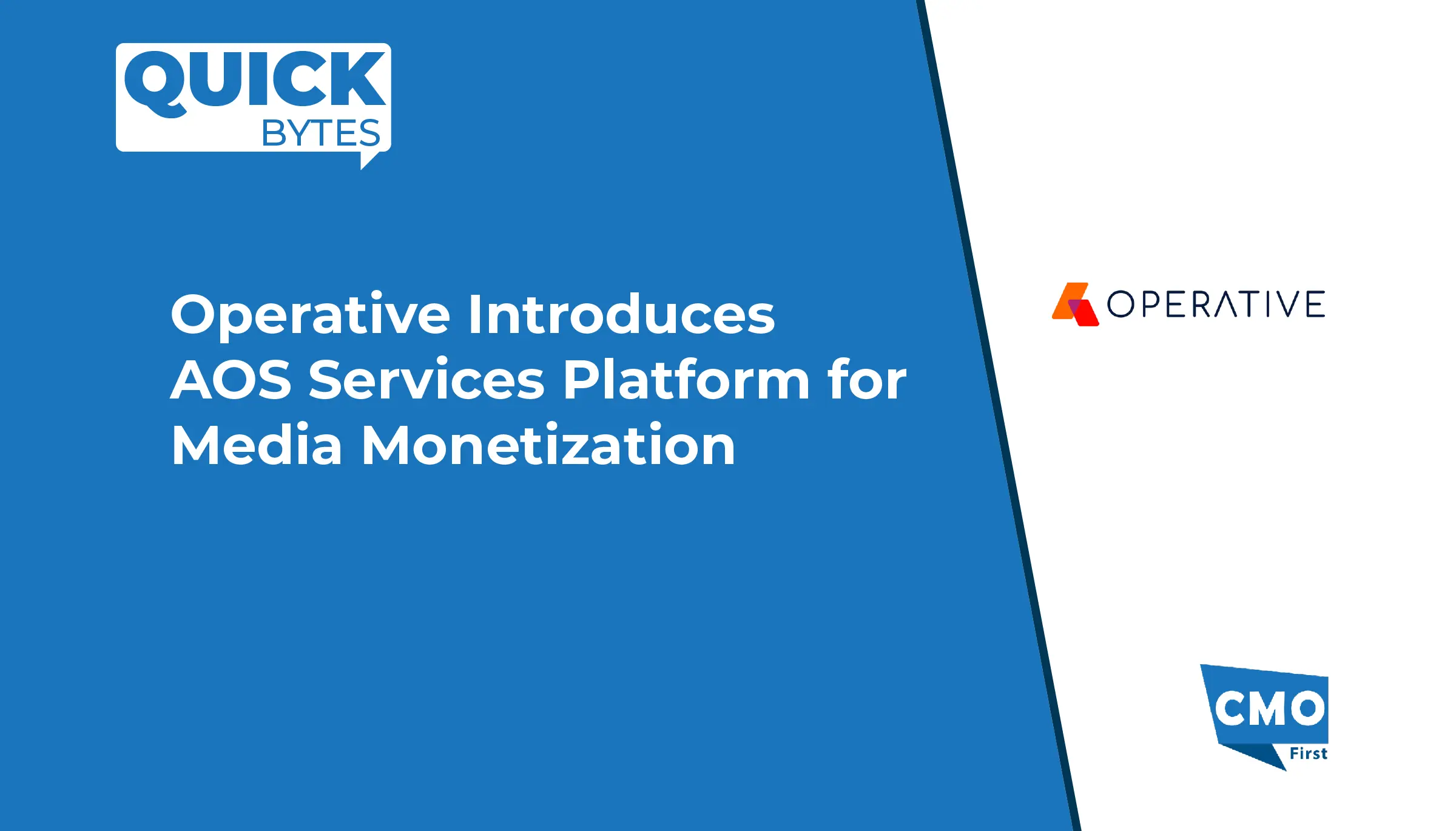

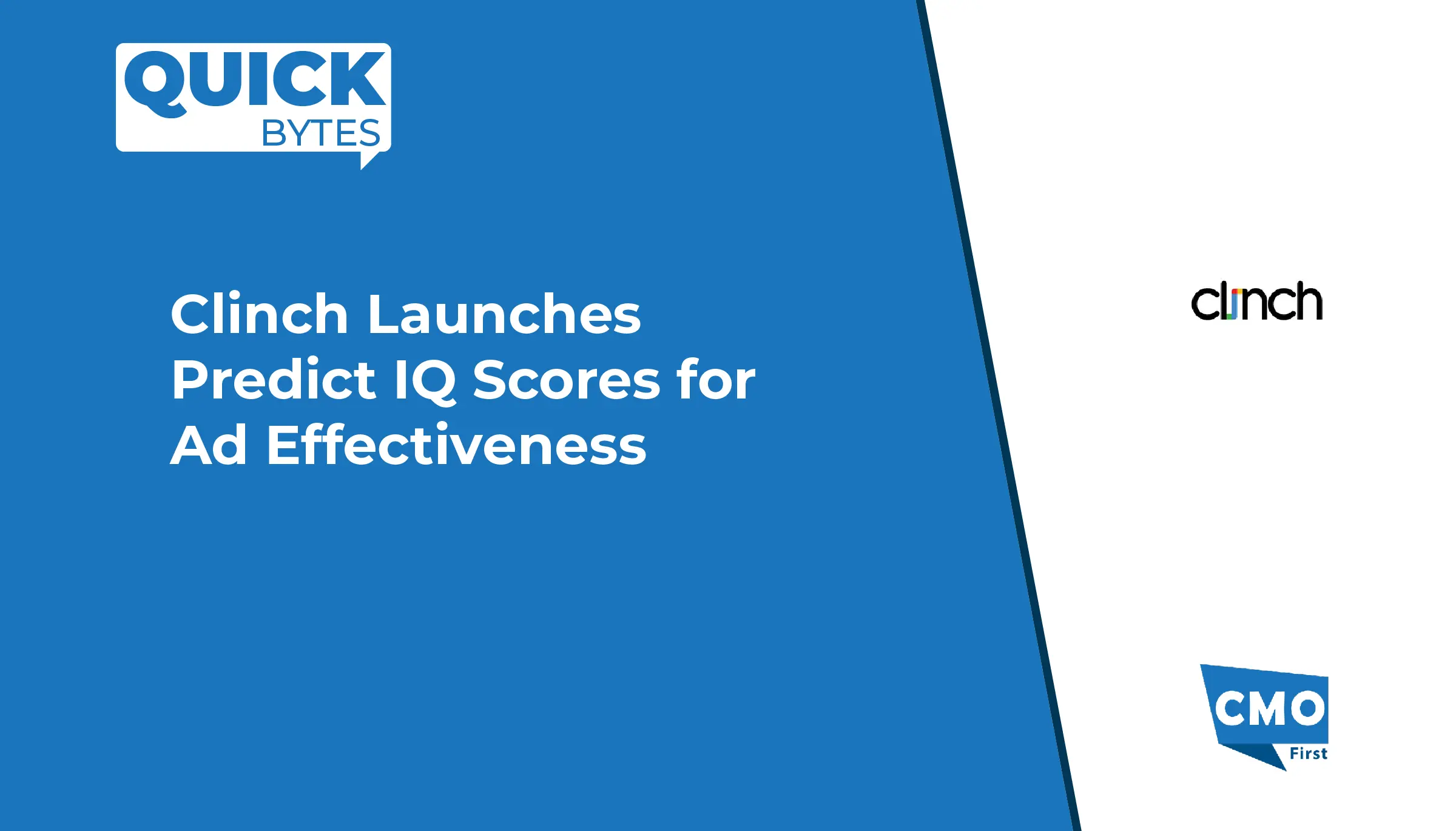





Leave a Reply